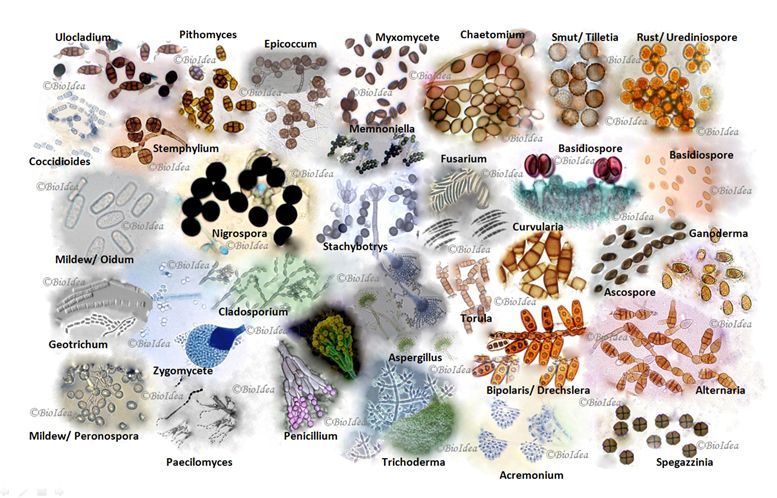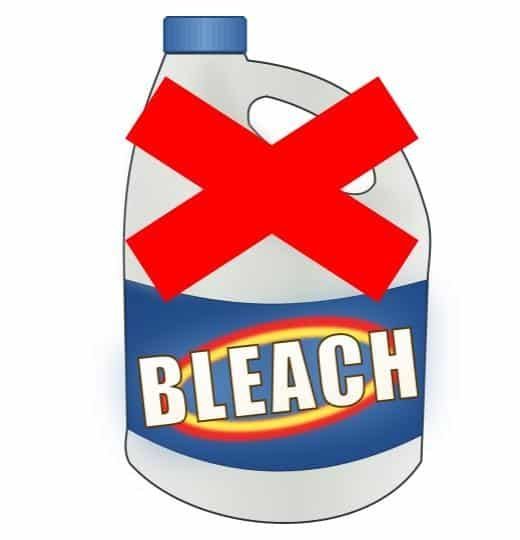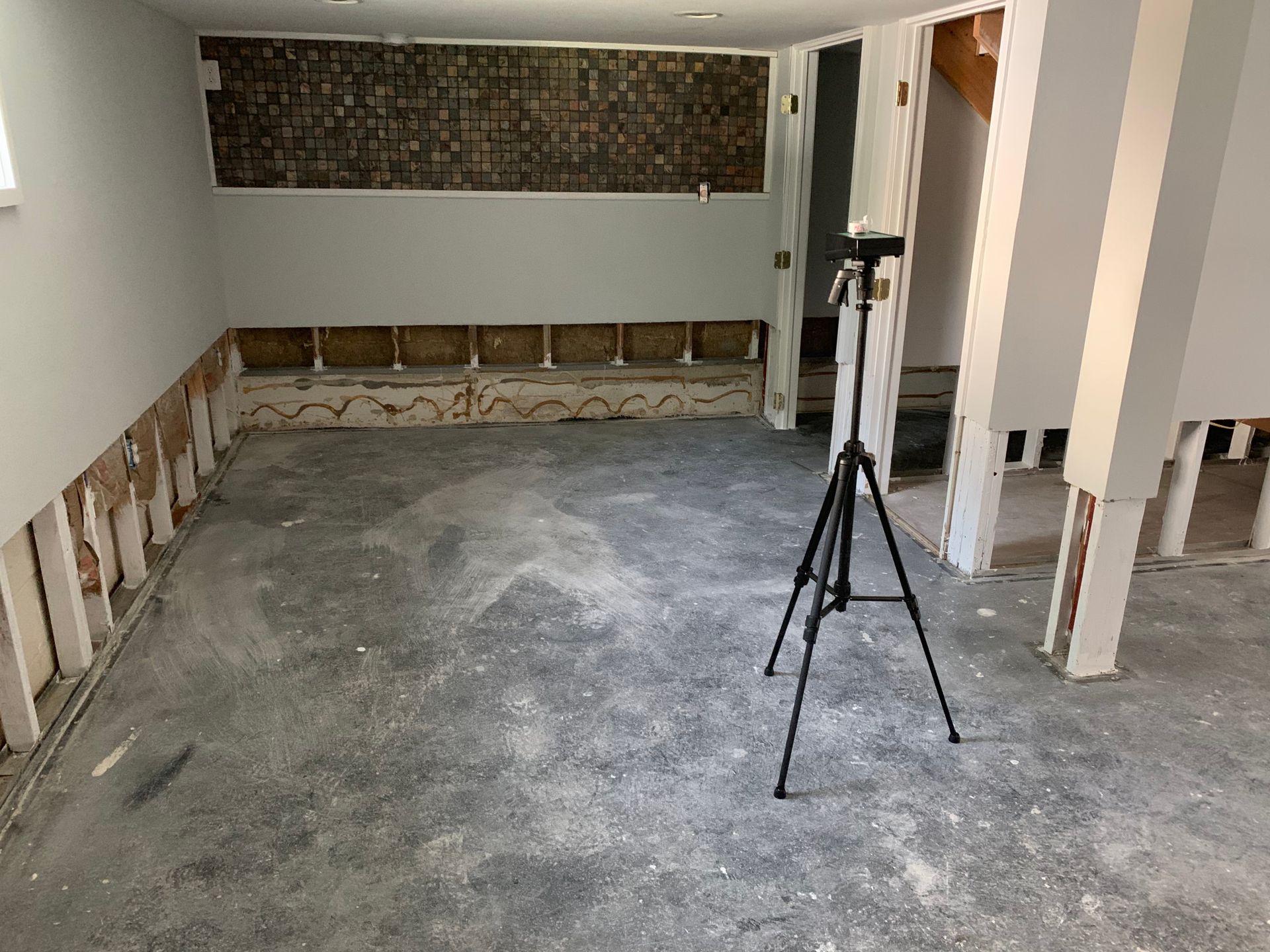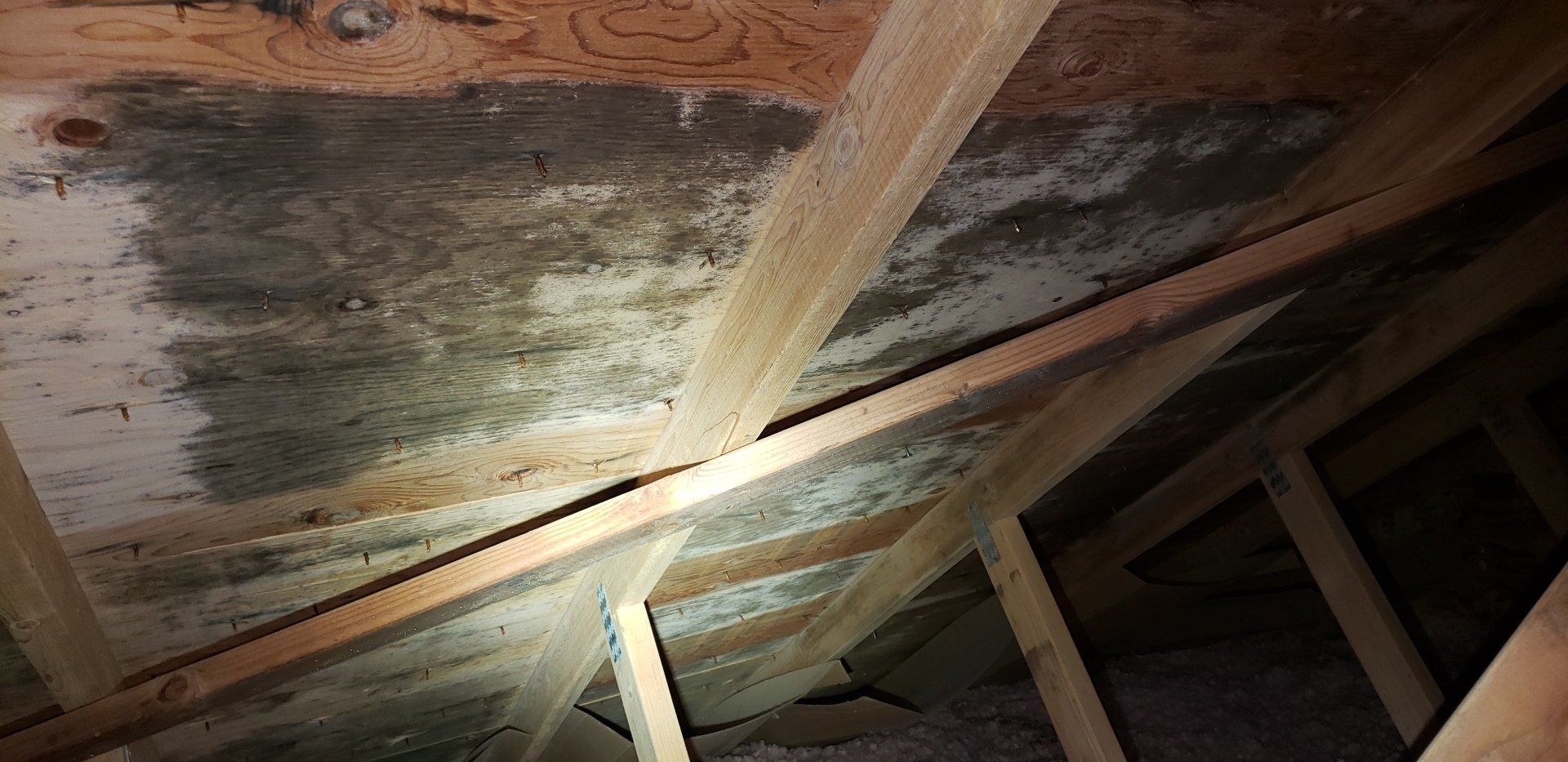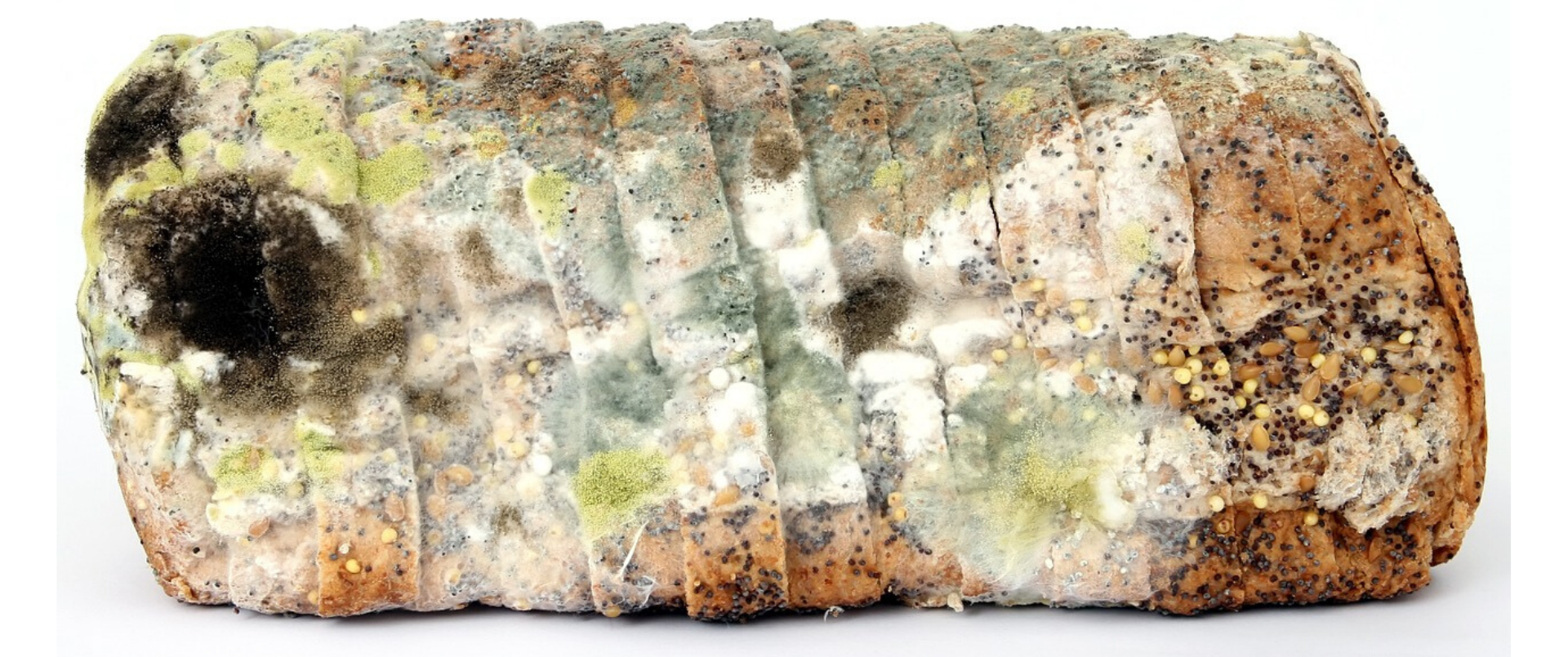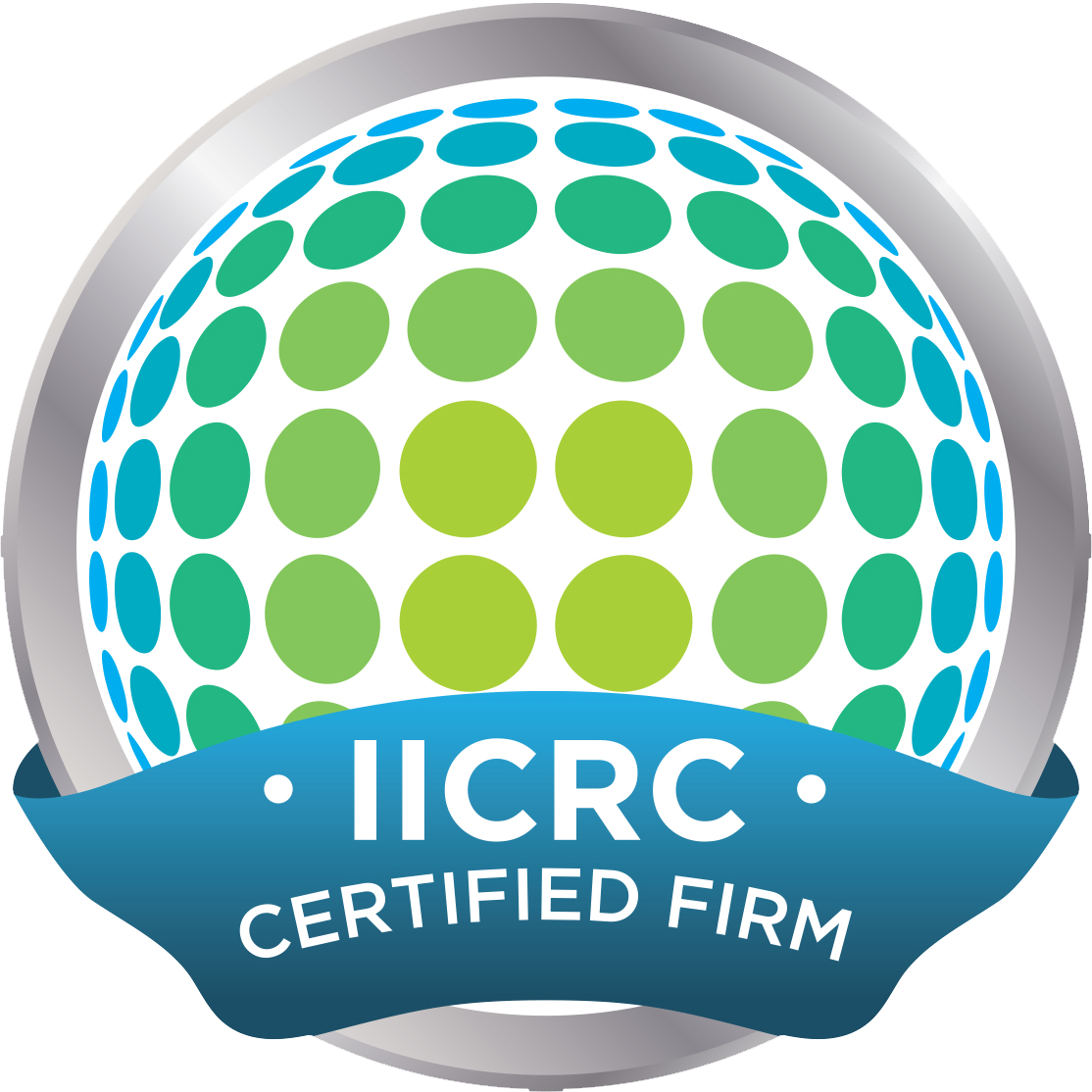But the Water is in the CrawlSpace!
Moisture under the home can impact the entire structure!
Clients will ask well how can my air quality and/or attic be mold because the moisture was under the home? It is a great question and it leads us back to cause and effect and the stack effect, which we have posted about before.
A wet crawlspace can cause a variety of issues for a home, and one of the most concerning is mold growth. However, what many homeowners may not realize is that a wet crawlspace can also lead to mold growth in the attic, this may seem like an unlikely connection, but there are several reasons why it can happen. This is also a location that a homeowner will rarely if ever go into this space and some may not even know where the access is.
First and foremost, a wet crawlspace creates a perfect environment for mold to grow. Mold thrives in damp and humid conditions, and a wet crawlspace can provide just that. Often poor exterior drainage, soils and lack of airflow allows for ground water to enter a crawl space. As moisture evaporates from the crawlspace, it can rise up into the attic, increasing the humidity level there as well. This elevated humidity can create the ideal conditions for mold growth in the attic.
Additionally, a wet crawlspace can lead to poor indoor air quality throughout the home, including the attic. As moisture evaporates from the crawlspace, it can carry with it any mold spores or other contaminants that may be present. These can then spread throughout the home, including into the attic, where they can settle and begin to grow.
Finally, another way that a wet crawlspace can cause mold growth in the attic is through air movement. As air circulates throughout the home, it can carry moisture and mold spores from the crawlspace up into the attic. This is especially true if there are gaps or cracks in the home’s insulation or ventilation system, as these can allow air to flow freely between the crawlspace and the attic. We often see this in older structures, or those that have had some extensive remodeling. Newer construction will have more air sealing taking place to reduce those open penetrations. A wet crawlspace can lead to structural damage in the home, which can then contribute to mold growth in the attic. Moisture can weaken the home’s foundation and framing, which can lead to sagging floors and walls. This can create gaps and cracks in the home’s structure, which can allow moisture and mold spores to travel freely between the crawlspace and the attic.
Overall, a wet crawlspace can be a serious problem for a home, and one that can lead to mold growth in the attic. If you suspect that your home has a wet crawlspace, it’s important to address the issue as soon as possible. This may involve installing a vapor barrier or improving the home’s ventilation system, among other solutions. By taking action to address a wet crawlspace, you can help to protect your home and your family from the dangers of mold growth. Give us a call if you suspect you may have an issue, we would be happy to help.
